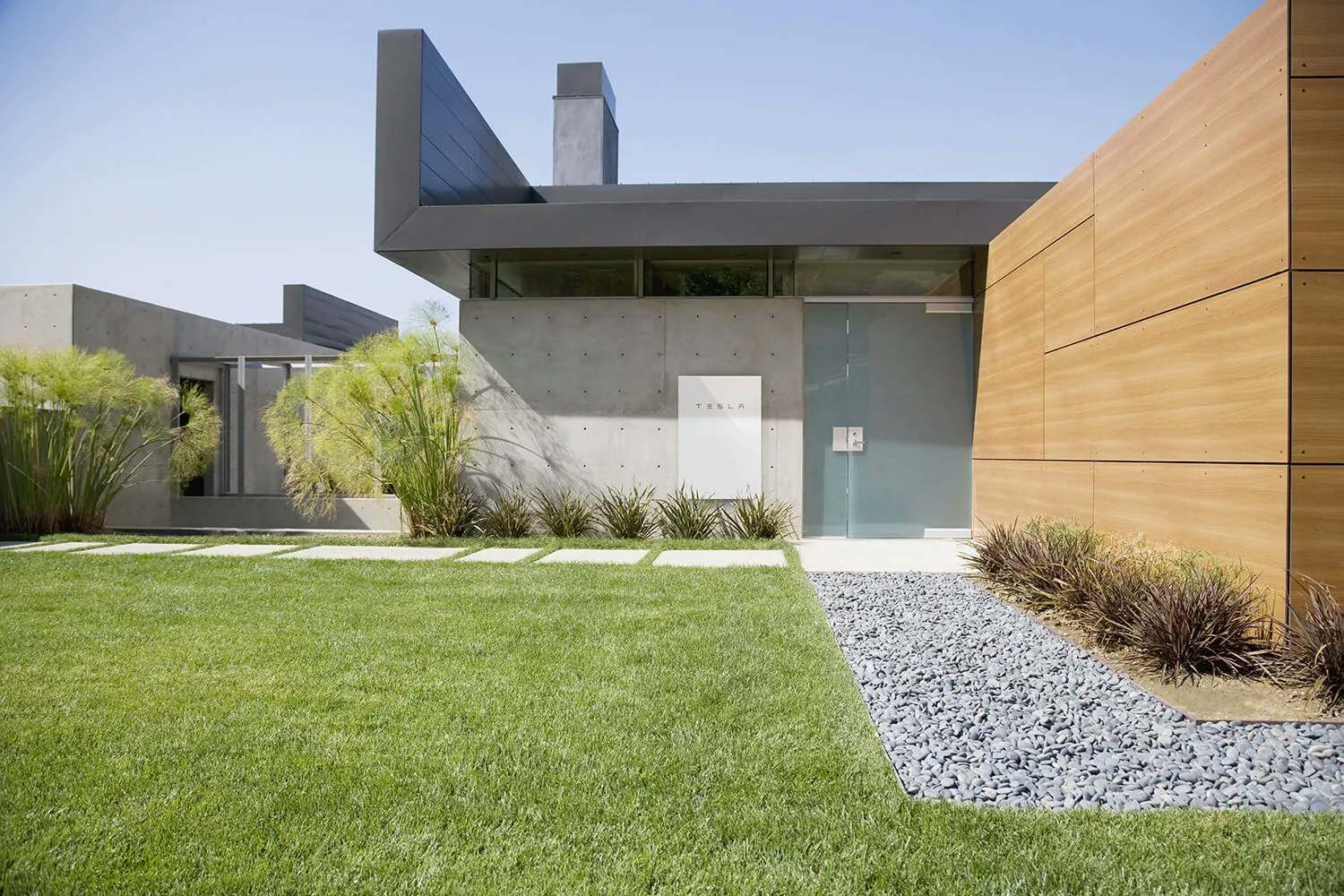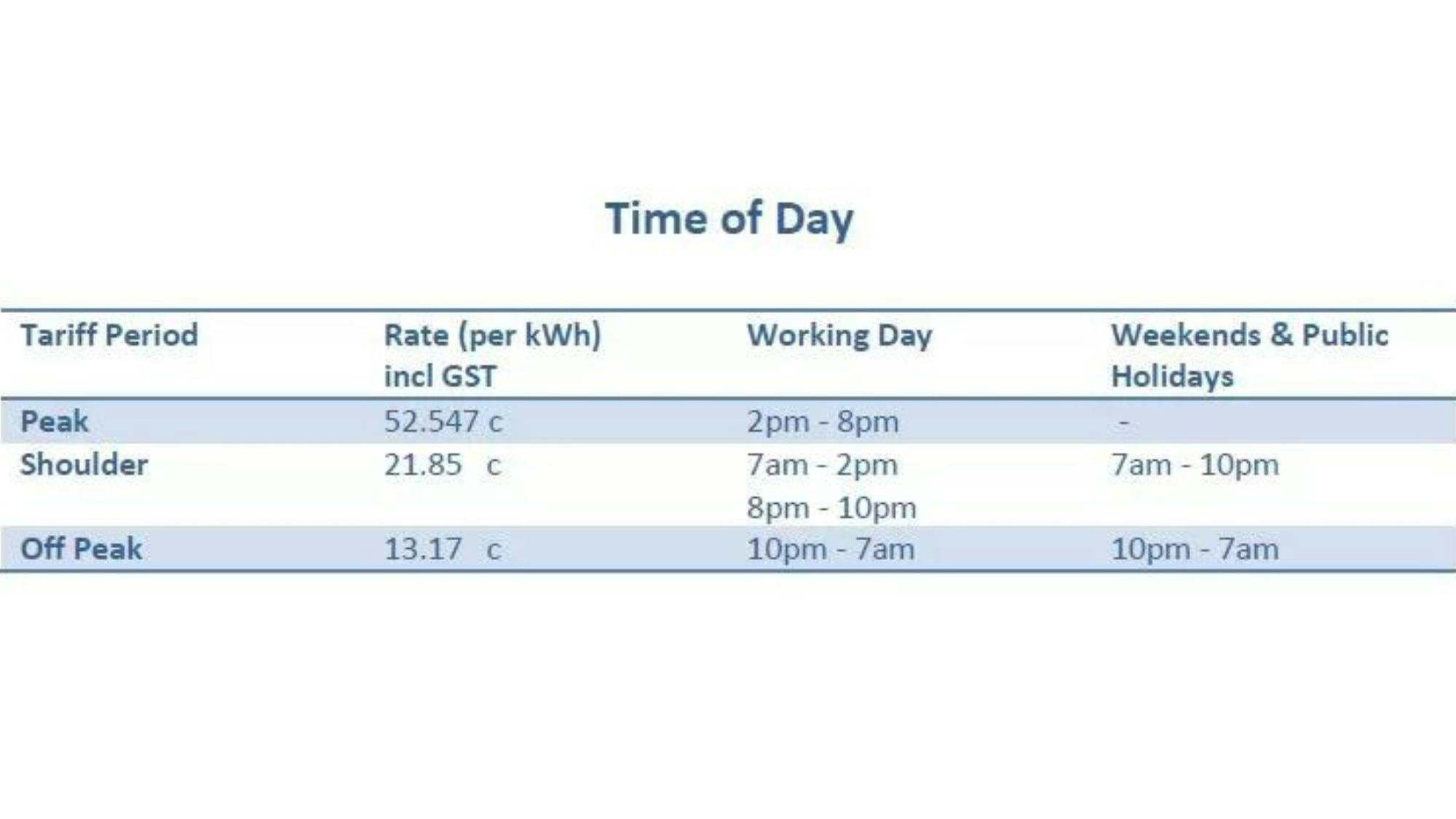Solar
Solar
Battery Storage
Battery Storage
Battery Storage
EV Charger
EV Charger
EV Charger
Heartbeat
Smart Energy Manager
Heartbeat
About Us
About Us
Learn
Featured Articles
Sizing Up A System
Finance & Rebates
Learn
Now servicing New South Wales, Victoria, Queensland and South Australia
Request PricingGood quality solar power systems have never been so affordable and in 2024 we will see most households include battery storage with their system to store excess solar power that can be used in the evening.

We are now installing up to 425W solar panels, a huge improvement from the standard 250W panel we were installing only a few years ago. If you have been considering solar, 2024 is the year you should seriously consider getting a solar power system installed.
Nearly all of our systems now include panel-level output, which means that each panel outputs power independently from the rest of the array. This allows for maximum performance in partial shade, it allows us to use multiple roof sections, and it allows you to take advantage of positive power tolerance.
Most solar systems in 2024 will also come with sophisticated monitoring systems that are connected to the Internet, providing real-time performance data, status reports and automated alerts if one of the panels is underperforming. Previously, system owners had to keep an eye on performance manually or book regular service calls. We can now monitor your system in real time, and often we can remotely reset the firmware if there is an issue with one of the panels. This next-generation solar technology ensures little to no downtime and even in the event of a warranty claim the rest of the system can typically be left on.
Safety is also a key issue, and gone are the days of high-voltage cables running through the house. Microinverter technology allows us to have a safe and easy AC cable running from the panel array directly into your meter board, significantly reducing the electrocution and fire risks.
In 2024, most solar households will be considering solar storage. Solar storage allows you to capture excess solar power that isn’t used in the home. Rather than selling this power to your energy retailer for around 5-10 cents a kWh, you can now store unused solar power in lithium batteries to use when it is needed. For households on time of use billing, running your home on solar power during the peak billing period will save you around 50 cents a kWh!
Solar storage systems can be accurately sized up to meet your needs, with a small system comprising of 2 x 1.2 kWh batteries that can be cycled twice a day. The revolutionary Tesla Powerwall 2 home battery has a capacity of 13.5 kWh, which will be enough for millions of Australian households to potentially run almost entirely on solar power. The Powerwall 2 also has backup functionality so that you can keep a few vital appliances running in a blackout such as a freezer.

Tesla Powerwall systems cost around $13,990, making it an affordable investment for people who want to run their home on solar power 24 hours a day and to divest from the coal and gas industries.
Firstly, the benefit of solar power in NSW is that it reduces your power bill, so if your bills are only $200 a quarter, at best you may be able to save a few hundred dollars a year. We generally recommend you have a quarterly power bill of at least $400 to be able to get any significant savings.
Furthermore, solar power is generated during the day between around 7 am and 7 pm in summer (less in winter), so you are going to need to use at least 8 kWh a day during the daytime hours.
If you are planning on installing battery storage, rather than needing to use at least 8 kWh during the daytime, you only need to have a daily (24 hours) usage of 8 kWh a day, which may translate to a quarterly power bill of around $200-300. Solar batteries allow you to store the excess solar power to then be used in the evening as needed.
If your power bill is more than $500 a quarter, a solar power system will almost certainly be of great benefit, and as a general rule the larger your power bill, the more money you can save from solar power.

How much do you pay for your power?
Read your power bill to see how much you pay for your power. For every kWh of solar power you use in the home during the day, this is what you will save. With a solar system in Sydney, it is typical to pay around 22 to 25 cents a kWh if you pay a flat rate, and on average around 30 cents a kWh during the daytime, if you are on time of use billing (shoulder & peak billing tariffs) as shown here:

Solar power only costs around 5 to 6 cents a kWh to produce, making it a no-brainer to run as much of your home as possible off solar power.
Solar power is fed into the home to be used as it is generated, so by using solar power, you are not buying power from the grid. If you don’t use the power as it is generated it is fed off to the grid and you will get paid a small amount for this from your energy retailer. Typically you will get around $10-$30 a quarter as a credit on your bill, and the smaller the credit the better as this means you are using most of your solar power as it is generated. For more information on this please read how solar power reduces your power bill.
To work out how much power you use during the day, simply read your meter (in your meter board) in the morning and then again at night. Subtract one number from the other and it will tell you exactly how much power you have used during the hours in which your solar system will be generating electricity. Detailed information on accurately sizing up a solar system.

With solar storage now available, it is also possible to further reduce your power bill and run your house almost entirely on solar power. Solar batteries store power that would otherwise be sent to the grid to be used in the evening.
Our solar experts will help you find the right system for your home.

Get all the right information before installing a solar power system for your home.

The payback of a solar system has become so good, many people are surprised to find out it is now possible to get a good quality system to pay for itself in as little as 3 to 5 years, with a possible total profit of nearly $50,000 over the life of the system. It wasn’t all that long ago that solar systems took 7 years or more before breaking even, so many people are now oversizing their array for a slightly longer return, with the benefit of future-proofing their system for increased power consumption or more commonly with the expectation that they will add battery storage in the near future.

This question also helps you choose what brands to go for. If you know a 5kW system is going to save you up to $2,000 a year off your bills, you can then decide whether you want mid-range panels for a 3-year return or a top-of-the-range system with a 5-year return on your money. If the top of the range system on average lasts 7 years longer than cheaper Chinese-made brands, then perhaps you can justify a larger outlay for increased reliability and longevity. This will depend on how long you intend to stay in your house and how much you have budgeted for a solar system.
One of the most important points to consider is how quickly you want the system to pay for itself. Typically the best-case scenario is for an ROI of between 3 to 5 years. A shorter ROI means buying mid-range panels and an ROI of longer than 5 years typically means the system uses top-of-the-range panels or it has been oversized. As mentioned above, this is not always a bad thing, especially if you are planning to add battery storage.
If you are comfortable with a longer return on your money, the two main options are to go for better brands or a bigger system. This is of course entirely up to you, however, the one tip we do like to emphasise is that with solar power you typically get what you pay for, which is an increase in quality, longevity and system performance.